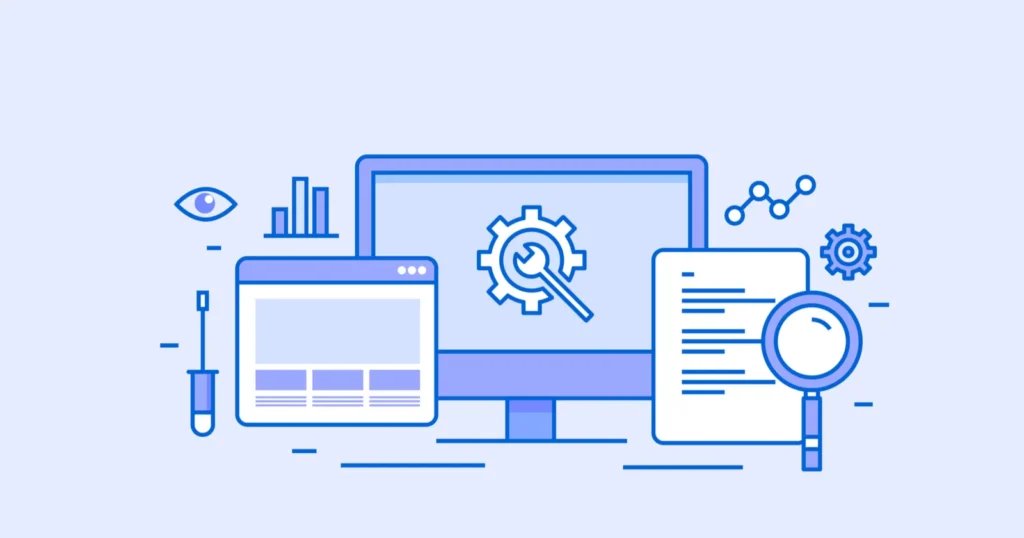Businesses today are increasingly reliant on data to make decisions. However, collecting and managing large amounts of data can be difficult and expensive. Data virtualization helps businesses overcome these challenges by making it easier for businesses to get the information they need when they need it. Keep reading to learn more about data virtualization and what it can do for your business.
What is data virtualization?

So, how does data virtualization work? Data virtualization is a process that allows businesses to consolidate data from multiple, disparate sources into a single view. This allows users to work with data as if it were all in one place, even if it is spread out across numerous databases, servers, or storage systems.
To understand how data virtualization works, it helps to first understand the concept of a logical database. A logical database is simply a way of organizing data that is separate from the physical layout of the underlying files and tables. In a traditional database system, all of the data is stored in one or more physical files on one or more servers.
Data virtualization works by creating a “virtual” copy of the data. This means that instead of pulling data from different sources and consolidating it yourself, the virtualization software does the work for you, eliminating the need to write complex scripts or code to merge the data manually. Additionally, because the data is consolidated in one place, you can easily run reports and analyses on it.
Many different types of software can help with data virtualization; some popular choices include Informatica PowerCenter and IBM InfoSphere DataStage. When choosing a tool, it’s important to consider factors such as the size of your organization, how much legacy infrastructure you have in place, and your budget.
What are the benefits of data virtualization?
Perhaps the most obvious benefit of data virtualization is its usefulness for reporting and analysis. By consolidating data from disparate sources into a centralized data store, data virtualization makes it easier to obtain a comprehensive view of the business. This can help organizations improve decision-making and optimize business processes.
Another key benefit of data virtualization is that it can help organizations manage their data more effectively. When data is consolidated into a single repository, it is much easier to keep track of data integrity and to identify and correct inaccuracies. And, by eliminating the need to maintain multiple data stores, virtualization can help organizations reduce costs.
Data virtualization can also help businesses optimize their performance. By reducing the number of steps needed to access data, data virtualization makes it easier for organizations to get the information they need when they need it. This can help them respond more quickly to changing business conditions and improve their competitive position.
What are the challenges of data virtualization?

The purpose of data virtualization is to provide a single point of access to all the data that an organization needs for reporting and analysis, regardless of where it is stored. This can be difficult when the data is spread across multiple databases, in different formats, and located on-premises or in the cloud.
One of the biggest challenges of virtualization is the management of metadata. With so much data being virtualized, it can be difficult to keep track of all of the different pieces and how they interact with each other. Another challenge is ensuring that the right data is being accessed at the right time. This can be tricky when dealing with large volumes of data that are spread across different systems.
Ensuring that data remains consistent and up-to-date presents another potential obstacle. Businesses must develop and implement data management strategies (e.g., process automation, data cleansing, etc.) across all areas of their organization.
How can I implement data virtualization in my organization?
To implement data virtualization in your organization, you first need to identify the business requirements that will be met by data virtualization. Next, you need to evaluate the various data sources that will be used to support those requirements.
After identifying the source systems, you need to design and build the data virtualization layer that will provide a single view of the data. The data virtualization layer will allow your applications to access the data from the data sources in a more efficient manner while improving the security, reliability, and manageability of your applications.
The final step is to deploy and test the new data solution for potential glitches, problems with data access, and any other operational inefficiencies that may interfere with data usability.

